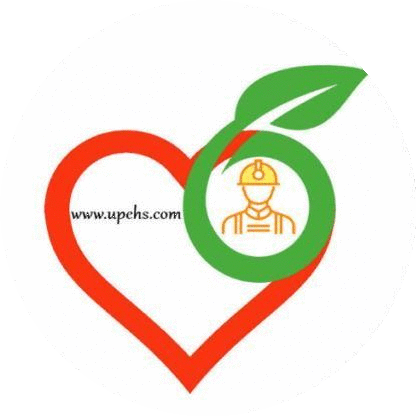Complete your Free Safety Culture Test by answering questions the below
1.
AWARE OF POTENTIAL HAZARDS
Have top managers ever considered the human factors that can endanger their operations?
2.
ACCEPT SETBACKS
Leaders know that sometimes things will go wrong and unexpected problems will happen. They understand that their employees might make mistakes and they prepare them to fix and learn from these mistakes.
3.
COMMITTED
Top managers take workplace safety seriously and allocate appropriate resources to achieve that goal.
4.
REGULAR MEETINGS
Safety-related issues are considered at high-level meetings on a regular basis, not just after some bad event.
5.
EVENTS REVIEWED
Past events are thoroughly reviewed at top-level meetings and the lessons learned are implemented as global reforms rather than local repairs.
6.
IMPROVED DEFENCE
The main goal of top management after an accident is to identify and improve failed system defenses rather than trying to shift the blame to specific individuals.
7.
HEALTH CHECKS
Top management takes a proactive stance on workplace safety. That is, do some or all of the following:
Take steps to identify and remove recurring error traps. S trive to eliminate workplace and organizational factors that can cause errors. Brainstorming on new failure scenarios. It also conducts regular "health checks" of organizational processes known to cause accidents.
8.
INSTITUTIONAL FACTORS RECOGNIZED
Top management recognizes that institutional factors that contribute to failure (lack of staff, inadequate equipment, lack of experience, incomplete training, poor human machine interfaces, etc.) are easier to manage and modify than short lived psychological states, such as distraction, inattention and forgetfulness.
9.
DATA
It is understood that the effective management of safety, just like any other management process, depends critically on the collection, analysis and dissemination of relevant information.
10.
VITAL SIGNS
Leaders know that it's important to use information about what has already happened (like near-misses and incidents) and information about what's happening now. This means looking at more than just audits, it means regularly checking different parts of the company (like planning, budgeting, funding, procedures, defenses, training, etc) to see what needs to be improved, and then taking action to make things better.
11.
STAFF ATTEND SAFETY MEETINGS
Meetings relating to safety are attended by staff from a wide variety of departments and levels.
12.
CAREER BOOST
Assignment to safety-related functions (EHS ) is considered a shortcut to career growth rather than a dead end. Such functions are given appropriate positions and salaries.
13.
MONEY VS SAFETY
The company understands that sometimes making money and keeping people safe might not go together. They have a plan in place to clearly and openly figure out and fix these conflicts when they happen.
14.
REPORTING ENCOURAGED
There are guidelines to encourage everyone to raise Safety-related issues (one of the defining characteristics of a pathological culture is that messengers get "shot" and whistleblowers get fired or discredited).
15.
TRUST
Organization recognizes that safety management systems rely heavily on worker trust, especially with respect to reporting systems. A safe culture is created by people who feel comfortable reporting things, which can only happen if the company has a fair way of dealing with those report.
16.
QUALIFIED INDEMNITY
Company policies about reporting near-misses and incidents explain it's position on protecting people from punishment, keeping information private, and making sure the group that collects data is separate from the group that makes decisions about discipline.
17.
BLAME:
The rules for punishing people for doing something wrong are based on what is considered good or bad behavior.
18.
NON TECHNICAL SKILLS
The people in charge of different areas of the company encourage their workers to develop both practical and thinking skills to do their jobs safely and well. These thinking skills include thinking about things that could go wrong and planning how to handle them. This kind of thinking by both individuals and the company as a whole is a key part of systems that are very reliable, and is more than just practice with mock/ simulator checks.Akson on Unsplash
19.
FEEDBACK
Company has created ways for people to easily and quickly share information about safety, both after something happens and before. The goal is to make sure that the lessons learned can be used in other parts of the company.Mimi Thian on Unsplash
20.
ACKNOWLEDGE ERROR
The organization has the will and the resources to acknowledge its errors, to apologize for them and to reassure the victims (or their relatives) that the lessons learned from such accidents will help to prevent their recurrence.Johan Godínez on Unsplash

